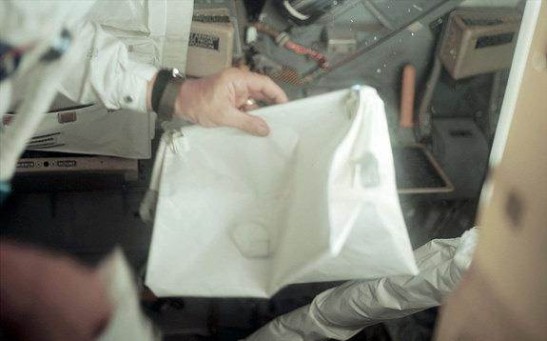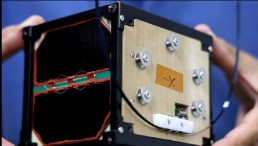space
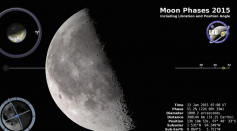
What Lies On the 'Dark Side' of the Moon?
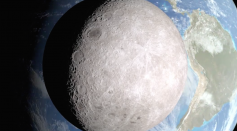
Thanks To Lunar Reconnaissance Orbiter NASA Reveals What Lies on the Dark Side of the Moon
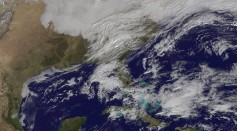
NASA & NOAA Satellites Reveal Stunning View of Record-Breaking New England Winter Storm
Seventeen Years of Waiting Meets More Delays—Weather Pushes SpaceX Dscovr Launch to Tuesday

SpaceX Rocket to Launch Dscovr Satellite Tonight
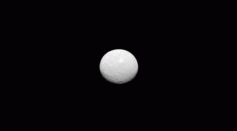
Will Dawn Find Life on Ceres? What NASA Has to Say About Possible Life on the Dwarf Planet

NASA’s Dawn Captures Unseen Image of Dwarf Planet Ceres in Asteroid Belt

Fire Starter—ESA’s Planck Satellite Reveals Later Star Formations
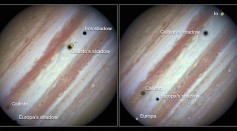
Three Moons Cast Shadow on Striped Gas Giant—Jupiter
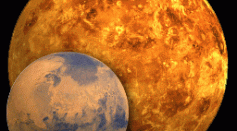
The Month of Love—When the Stars & Planets Align
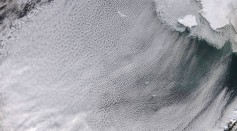
NASA Satellite Reveals ‘Cloud Streets’ Over Bering Sea
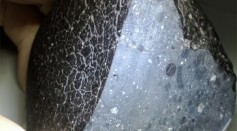
When Red Dust Settles, Only ‘Black Beauty’ Remains
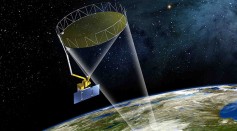
SMAP Launch Promises New View of Earth’s Soil—From Space

NASA Climate Research Satellite Launch Postponed Due to Fast Winds
Most Popular

The Role of AI in the Next Generation of Logistics: Insights from Tobias Waldhecker

Alzheimer's Treatment Drug Lecanemab Found to Increase Death Risk, New Research Shows

Cloned Black-Footed Ferret Gives Birth to Two Healthy Kits

Optimizing Complex Catalog Systems with Graph Theory and Indexing

